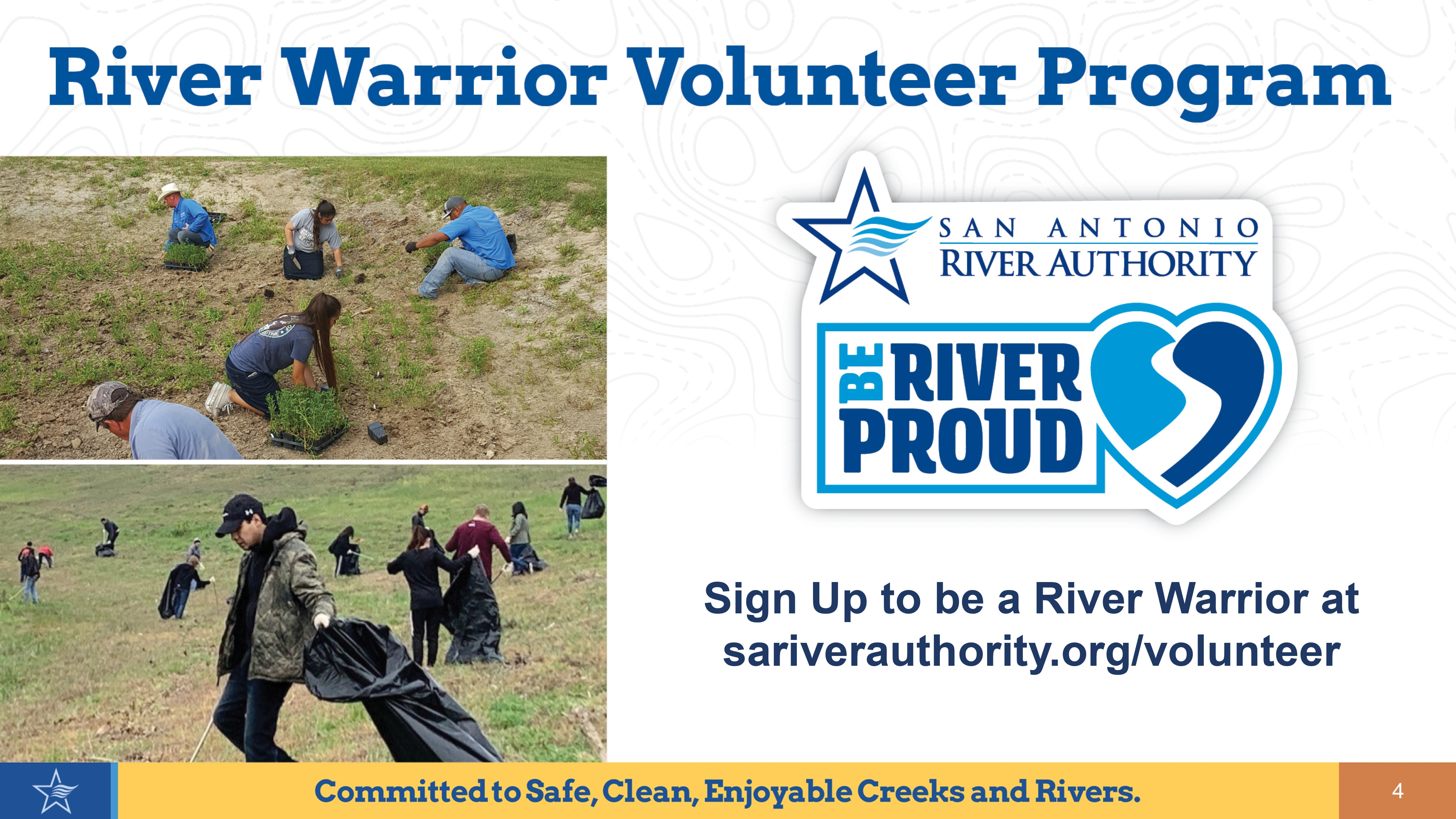Role Models
What are role models? Role models are individuals (educators, scientists, conservationists, neighbors, parents, etc.) who teach about a topic, place, issue or their career.
What might role models do during programs?
- share their knowledge and lived experiences
- tell stories that make personal connections
- model skills or behaviors describe their background and experiences in ways that can help participants imagine themselves in the roles they portray
Mote Marine Laboratory
This five-episode STEM series features amazing women researchers working in marine science and is recommended for students in grades 5-9. Each recording includes science demonstrations and bonus activities that reinforce concepts covered during the programs.
- Dr. Jasmin Graham discusses her career and teaches about the small-toothed sawfish, and why it needs protection.
- Dr. Katie McHugh describes her work studying dolphins in the Sarasota Bay.
- Dr. Laura Garcia Barcia talks about what inspired her to be a scientist, and her work as an aquatic toxicologist.
San Antonio River Authority Water Quality Program
This program for high school students focuses on factors that influence water quality in the San Antonio River watershed. Students learn about water quality parameters, non-point sources of pollution and careers and volunteer opportunities at the River Authority.
Three different scientists are described during the program. First, the educator shows the picture below and describes a scientist who tests several water quality parameters, including E. coli., in a laboratory. She emphasizes the importance of this work to the health of the community.

Aquatic Biologists study organisms living in the river, making sure they stay healthy.

Later, she describes the work of an aquatic biologist who monitors the health of aquatic organisms. This video is shared to provide more information about a watershed monitoring scientist’s job. Finally, the picture above (right) and video are shared with students to explain what aquatic biologists do.
Near the end of the program, she draws attention to the River Warrior Volunteer Program, inviting students aged 15 and older to apply and participate.
River Warrior Volunteer Program

This program utilizes role models to describe potential career and volunteer paths in aquatic sciences and conservation. The educator uses photographs and video stories about three different scientists, and describes the volunteer program in a way that helps students imagine themselves in the role of a River Warrior.


